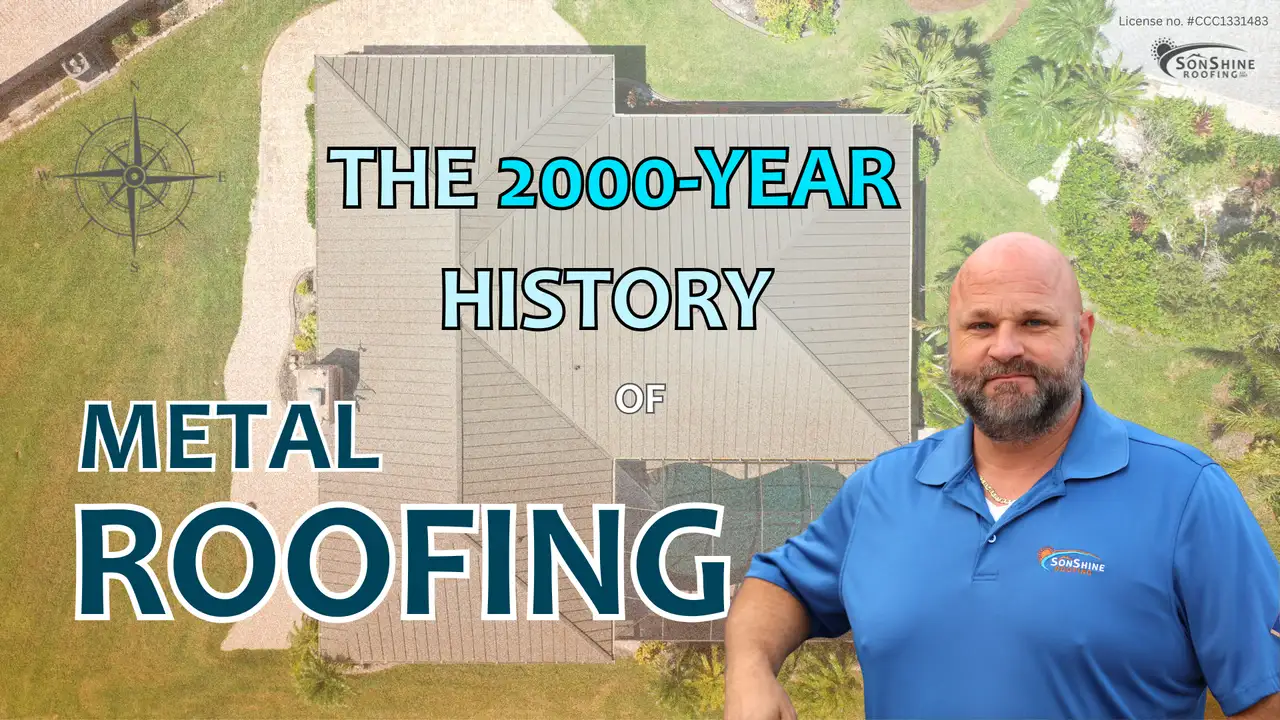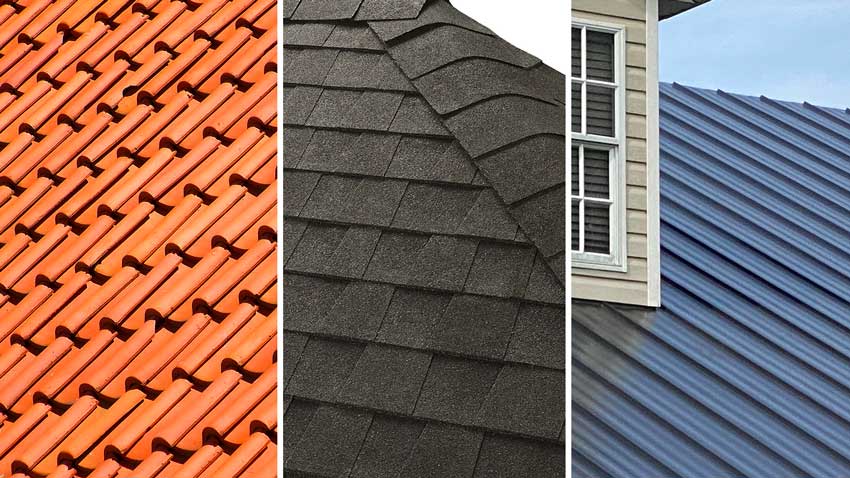Best Roofing Materials for Florida Homes
Pardon the pun, but one of the biggest expenses hanging over all homeowners is the cost of a new roof or major roofing repairs.
It can be tempting to bury your head in the sand, but whether it’s before buying or after moving in, choosing the best roofing materials and scheduling a roof inspection can help you anticipate future costs.
Forewarned is forearmed, so they say. Here’s our guide to the best roofing materials and why inspections matter!
Why the Right Roofing Material Matters
Choosing the right roofing material isn’t just about aesthetics—it’s about durability, climate resistance, and energy efficiency. Your roof is your home’s first line of defense against the elements, especially in places like Sarasota and the broader Southwest Florida region.
Different materials come with different lifespans, costs, and energy ratings. For instance, energy-efficient roofing options like metal or reflective shingles can lower your cooling bills in Florida’s heat.
Local Weather Conditions Impact Your Roof
Florida may be the Sunshine State, but it’s also known for its humidity, hurricanes, and intense sun exposure. The weather can be brutal on your roofing system. That’s why choosing materials like metal or architectural shingles that can withstand high winds and UV damage is critical.
Too much sun can warp shingles, and moisture from storms can cause mold or leaks. You’ll want the best roofing materials that resist rot, algae, and cracking.
Types of Roofing Materials to Consider
- Asphalt Shingles: Affordable and widely used. Great for homeowners on a budget.
- Metal Roofing: Long-lasting, energy-efficient, and wind-resistant. Ideal for Florida’s climate.
- Clay & Concrete Tiles: Beautiful and long-lasting, but heavier and more expensive.
- Slate: Premium material with excellent durability. Often used in high-end homes.
- Synthetic Roofing: Lightweight and mimics other materials while offering resilience.
For a deep dive into each type, see our full guide on roofing options for homes in Sarasota.
Roof Inspections Save Money
Your roof might look fine from the ground, but an inspection by a licensed contractor could reveal early warning signs. Roof leaks, rusted flashing, and soft spots can be hard to spot without a trained eye.
A roof inspection evaluates insulation, mold risks, and the effectiveness of your ventilation system. These insights guide you toward the best roofing materials and maintenance practices.
Protect Your Investment
Your home is likely your biggest asset. Maintaining a healthy, up-to-date roof is one of the best ways to preserve its value. It also helps when selling—buyers prefer homes with recently updated roofs made of durable materials like metal or architectural shingles.
An appraisal could fall short if the roof is outdated or damaged. Choosing the best roofing materials and scheduling annual roof maintenance ensures you’re maximizing your investment.
Final Thoughts: Best Roofing Materials for Florida Homes
There’s no one-size-fits-all answer, but the best roofing materials for Florida homes are those that balance cost, energy savings, and weather resistance. Metal roofing is a local favorite, but asphalt and synthetic options can also serve you well.
Still unsure which is best for your home? Contact our experts at SonShine Roofing. We’ll help you pick the right roof and protect your home for years to come.













